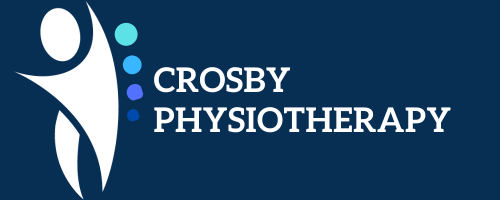How we treat Thoracic Pain…
One of the most common complaints we see at the clinic are pain and stiffness at the mid-back (thoracic) spine.
Treatment is aimed at relieving pain, restoring range of movement and returning the patient to full function during work, social or sporting based activities.
Patients typically present with pain between or around the shoulder blades. The pain may have commenced suddenly as a result of a sudden movement or may have been of more gradual onset due to poor sustained posture. Occasionally, symptoms such as pins and needles can be evident due to nerve-root irritation at the spinal level.
THORACIC INTERVERTEBRAL JOINT DISORDERS
Intervertebral joint injuries, especially abnormalities of the intervertebral discs, rib articulations and zygapophyseal joints, are the most common cause of pain in this region. Examination usually reveals joint pain and stiffness with associated spasm at the surrounding muscles.
Treatment is aimed at restoring full mobility by mobilisation or manipulation techniques. Soft tissue therapy, such as massage and muscle energy techniques may be required to correct the spasm at the surrounding musculature. Techniques such as trigger pointing, dry needling and stretching and strengthening exercises are also appropriate. Importantly, postural awareness and correction is vital in restoring full function.
This is the most common cause of pain in the thoracic spine region in adolescents. It is accentuated by a thoracic kyphosis arising from multiple vertebral end-plate irregularities. Thoracic kyphosis may also arise from habitual training postures which involve loading into flexion. Extended training periods in one posture (e.g. cycling) tend to be associated with adaptive changes and modification to training postures may need to be considered when recommending long-term management.
Occasionally, patients present with diffuse arm pain and sensory symptoms such as pins and needles or numbness in the upper arm due to intervertebral joint problems around the upper thoracic region. This vague presentation of symptoms has been labelled T4 syndrome. Examination often reveals hypomobility (stiffness) of the upper to middle thoracic segments. Restoration of full mobility to these joints by mobilisation or manipulation techniques can relieve the symptoms.

